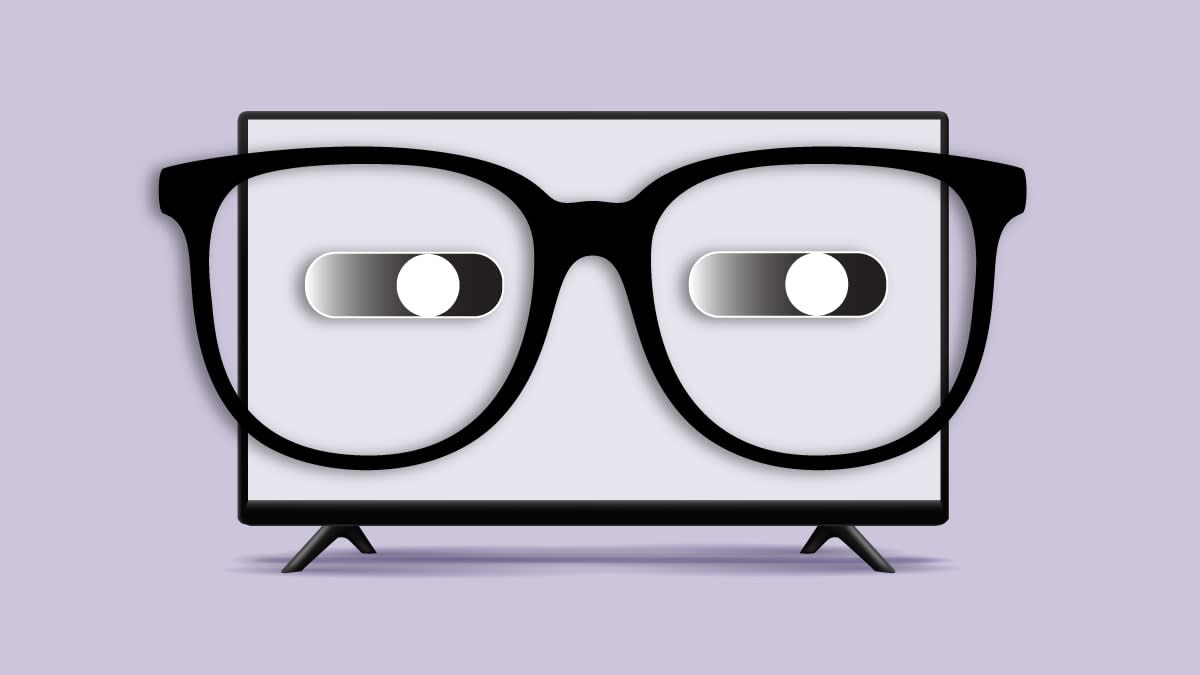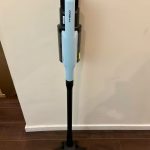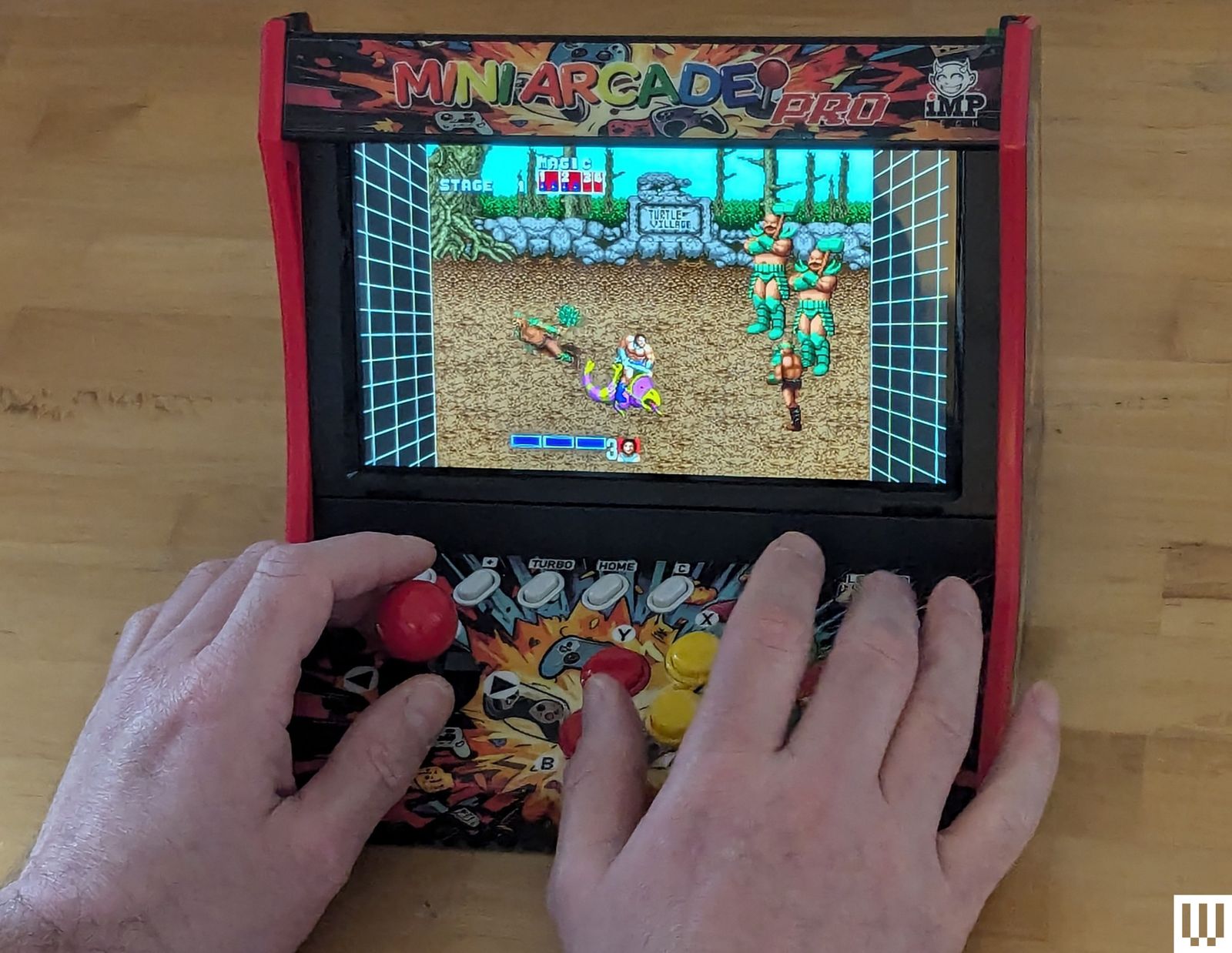
“When I was younger, my family used to watch the Macy’s parade, but I never really got into it,” he says. “But when NBC started offering audio descriptions of the parade, the colors, shapes, floats, and different dancers and characters, and vehicles made the parade come alive for me. I was able to share that experience with my family in a way I wasn’t able to previously.”
Audio descriptions of what’s happening on the screen are just one of the technologies that can help people who are blind or have low vision enjoy TV, even if they can’t clearly see the actors’ faces, identify background objects, or read menus or printed text on the screen.
The technologies are advancing quickly, and if you or someone you know has any type of vision loss, the TV accessibility features we list below may help.
One reason for the progress is a 2010 law called the 21st Century Communications and Video Accessibility Act (CVAA). It updated earlier federal communications legislation to deliver improved closed captioning and audio descriptions to consumers.
Consumer advocates hoped that new legislation—the Communications, Video, and Technology Accessibility Act (CVTA) of 2023—would update that older law by requiring audio description for almost all television programming and extending the rules to include all streaming content. But it didn’t pass the 118th Congress.
Both consumers and advocates for people with disabilities say there’s more to be done. Meanwhile, to take advantage of existing features, go to the Accessibility section of your TV’s Settings. The specifics vary by TV manufacturer; the examples below come from a range of 2025 sets made by Hisense, LG, Roku, Samsung, Sony, and TCL.
A number of these features let you use a TV if you don’t have vision at all—you can listen to audio descriptions and program guides, and adjust the volume and other settings by using voice commands. Other features make it easier to see what’s happening on the screen, for instance, by increasing the contrast or changing the colors of the image.









